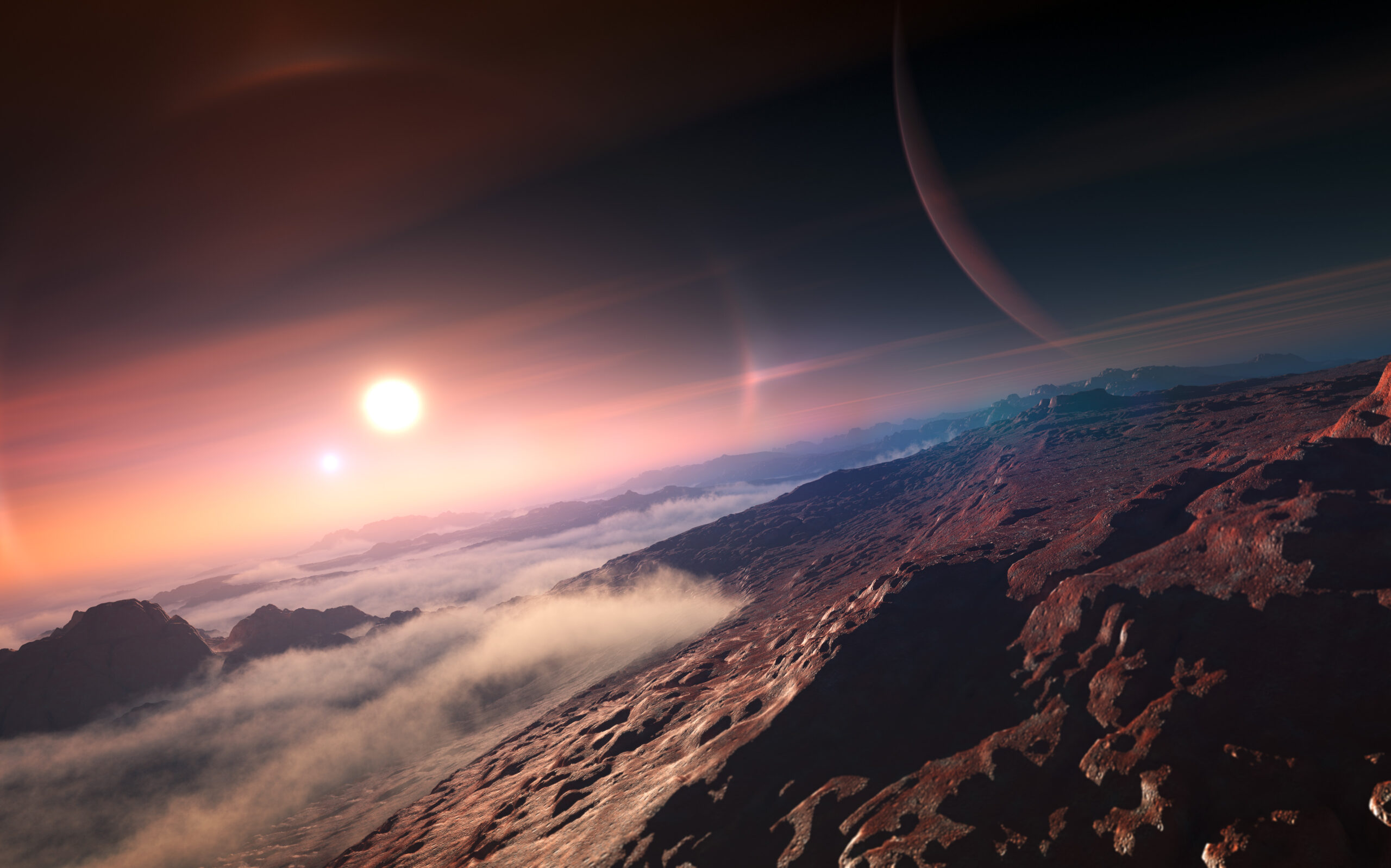Scientists have recently discovered that there are many exoplanets out there, orbiting distant stars and possibly habitable in some form or another. What exactly are exoplanets, though? How do we classify them? What’s the difference between them and regular planets? This guide to exoplanets will answer all these questions and more. We’ll cover the most common types of exoplanets and their defining characteristics, as well as what makes them different from Earth-like planets that orbit our own sun.
What Are Exoplanets?
While stars and planets have always had an allure in human thought, it wasn’t until 1992 that we were able to see a planet outside of our solar system. This was a big deal, because it meant there were other Earth-like planets out there—planets where life could exist. It also meant that when it came time for us to look beyond our solar system, we’d have somewhere else to look. Today, we know of thousands of exoplanets (and counting). Here are some fun facts about these strange new worlds.
What Makes Them So Interesting?
First discovered in 1992, exoplanets are planets that orbit stars other than our Sun. In 2010, NASA launched Kepler (the mission) in order to discover how common exoplanets might be and how many of them might be habitable. As of today, we know of more than 1,700 exoplanets and there are several reasons why they’re such an exciting topic. For one thing, they represent a whole new frontier for space exploration—one that will allow us to explore distant worlds without having to leave Earth behind. Additionally, some exoplanets may contain life—or at least conditions favorable for life—which means we could soon have neighbors out among the stars! And lastly, understanding exoplanets will help us understand our own planet better.
What Do We Know About Them so Far?
We know exoplanets exist. In fact, we know that most stars have planets orbiting them—one-third of all stars in our galaxy have a planet like Earth, for example. We’ve even found about 3,700 planets so far! But what we don’t know is if any of those planets harbor life. In order to make progress on that front, scientists need to be able to find and study smaller exoplanets than we’ve found so far. The best way to do that is with TESS (Transiting Exoplanet Survey Satellite), which NASA launched last April. It will spend two years monitoring 200,000 stars near us for signs of planets passing between us and those stars. If it finds one or more potential candidates, it will send out alerts for other telescopes to take a closer look at each candidate.
How Many Known Exoplanets Are There Today?
More than 1,500 known exoplanets are in orbit around 1,727 stars. Many of these worlds have been discovered by NASA’s Kepler mission, launched in 2009 and still going strong with over four years of life left on its fuel tank. By 2014, an estimated 697 exoplanets had been confirmed. Of those, 54 were less than twice Earth-size and in their star’s habitable zone. That’s a good thing because it means they could potentially support liquid water—and therefore life—on their surface. And that number is growing all the time as scientists continue to analyze data from Kepler and other sources.
Where Might We Find More?
Scientists have identified over 3,400 exoplanets—planets orbiting stars other than our sun. Although our data about these strange new worlds is limited, recent discoveries have revealed that exoplanet-friendly zones do exist. When it comes to finding new planets, we might just be getting started. Here’s what we know so far and what’s next in the search for planets beyond our solar system.
We don’t yet have all of the tools at our disposal to help us search for life on other planets. Because of their size and temperature range, red dwarf stars make great candidates for hosting planetary systems because they remain stable longer than larger main sequence stars like our own Sun does. We haven’t yet found an exoplanet in a red dwarf star system—but we haven’t ruled them out either! With current technology, there are three ways scientists can find more exoplanets.
![]()
